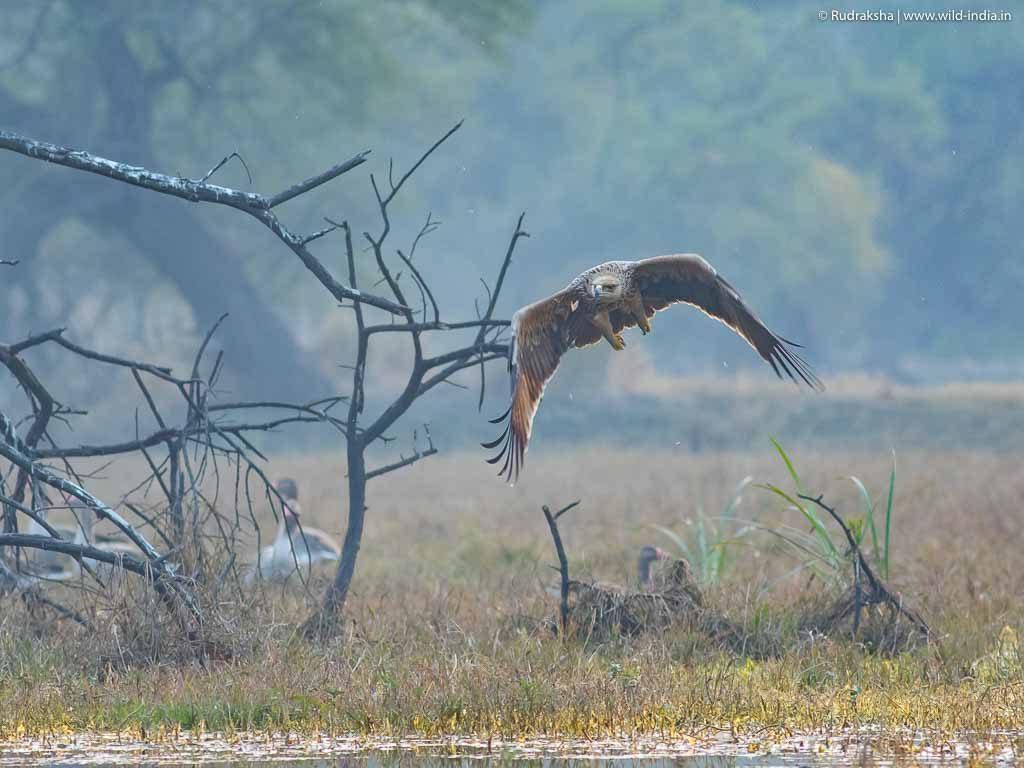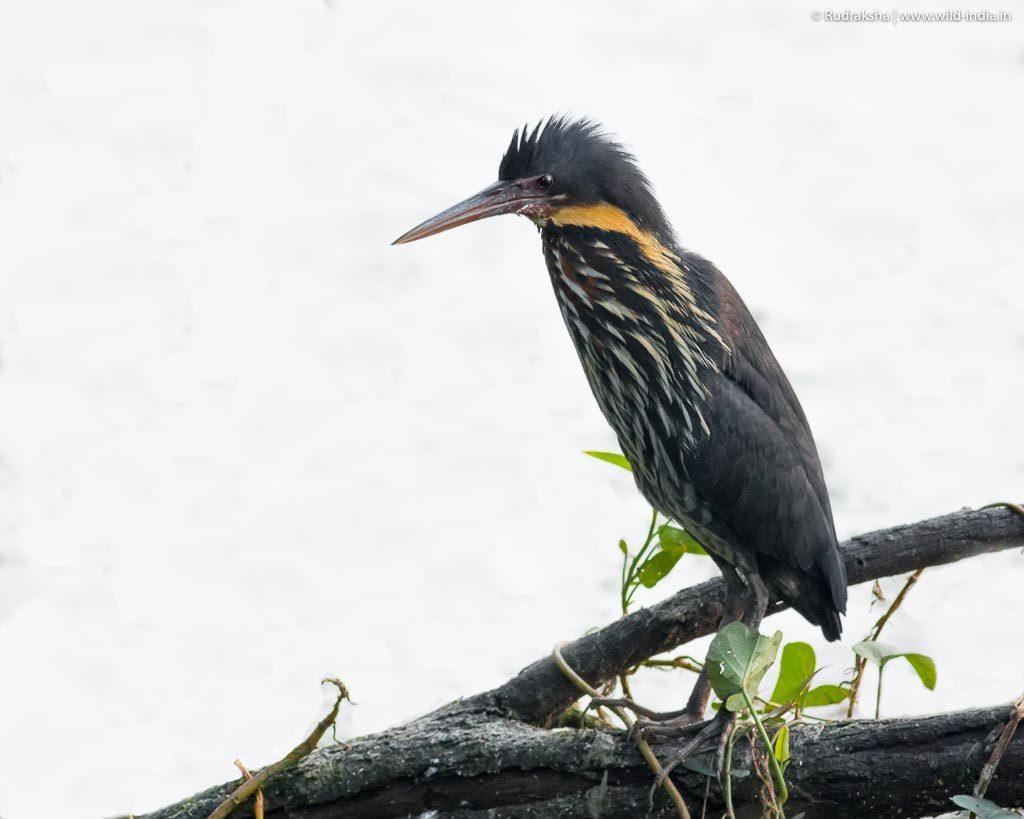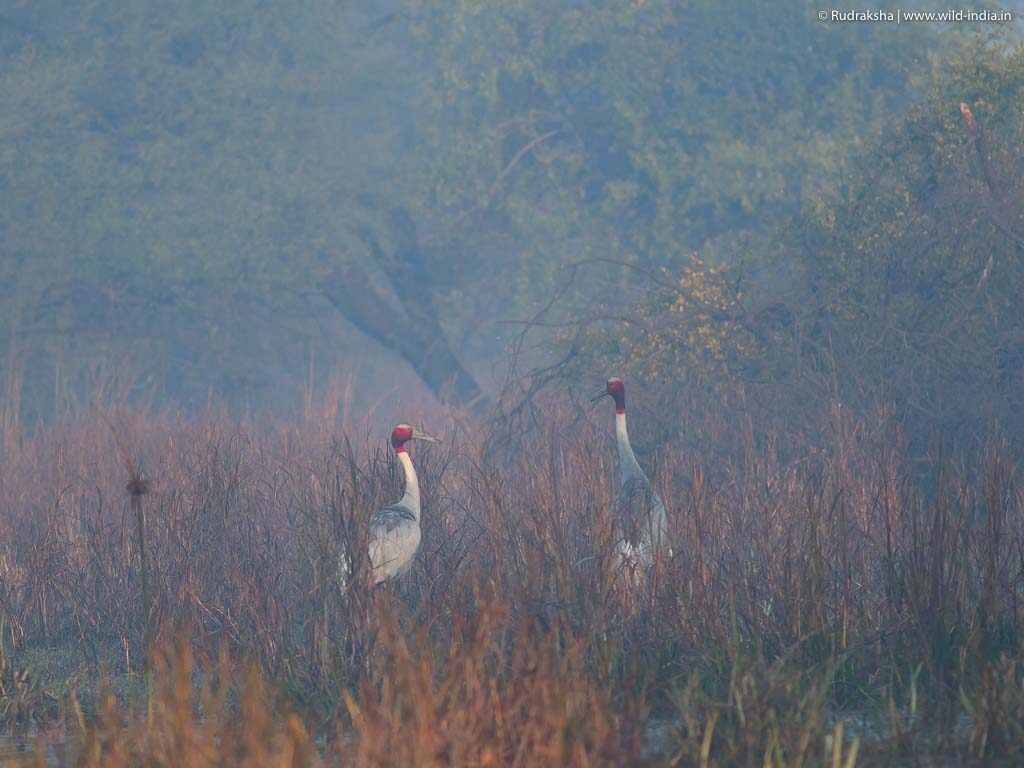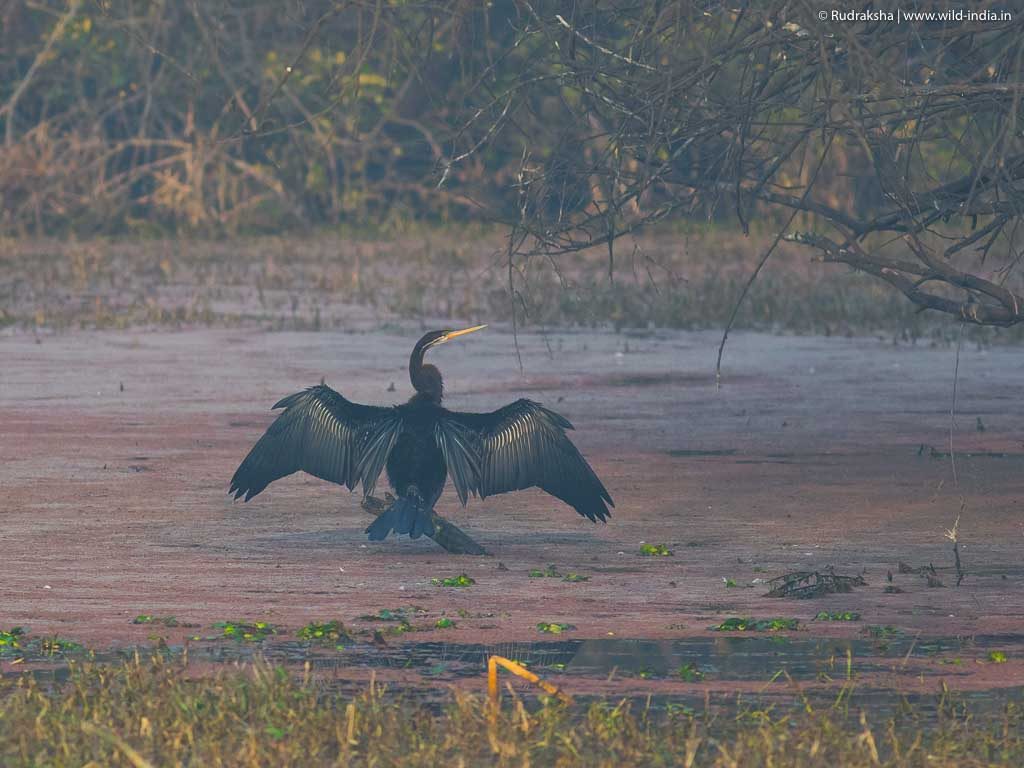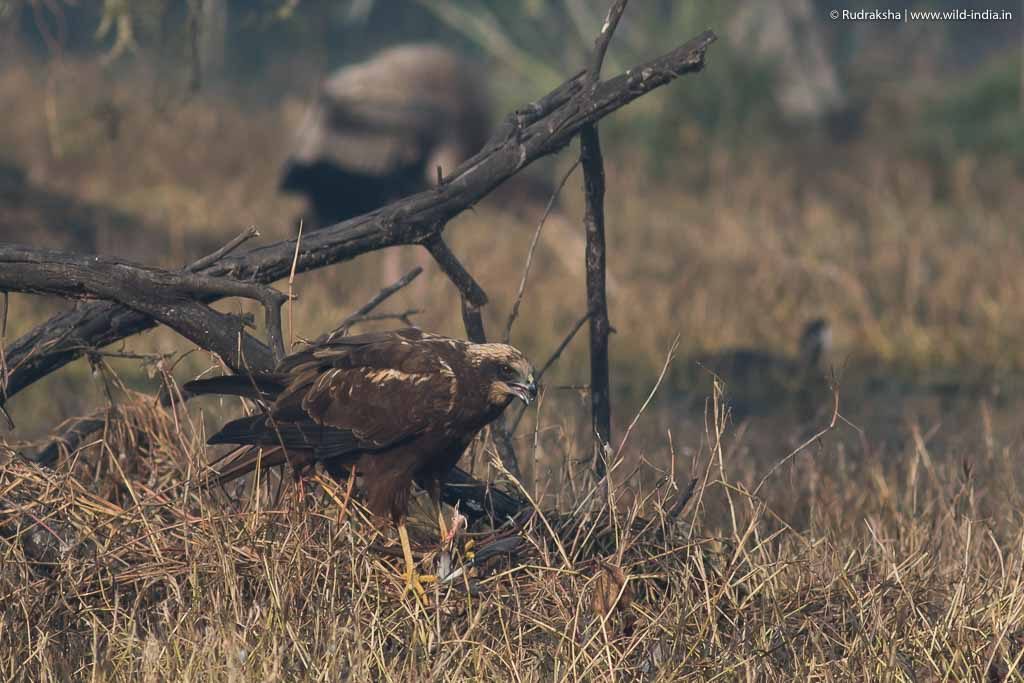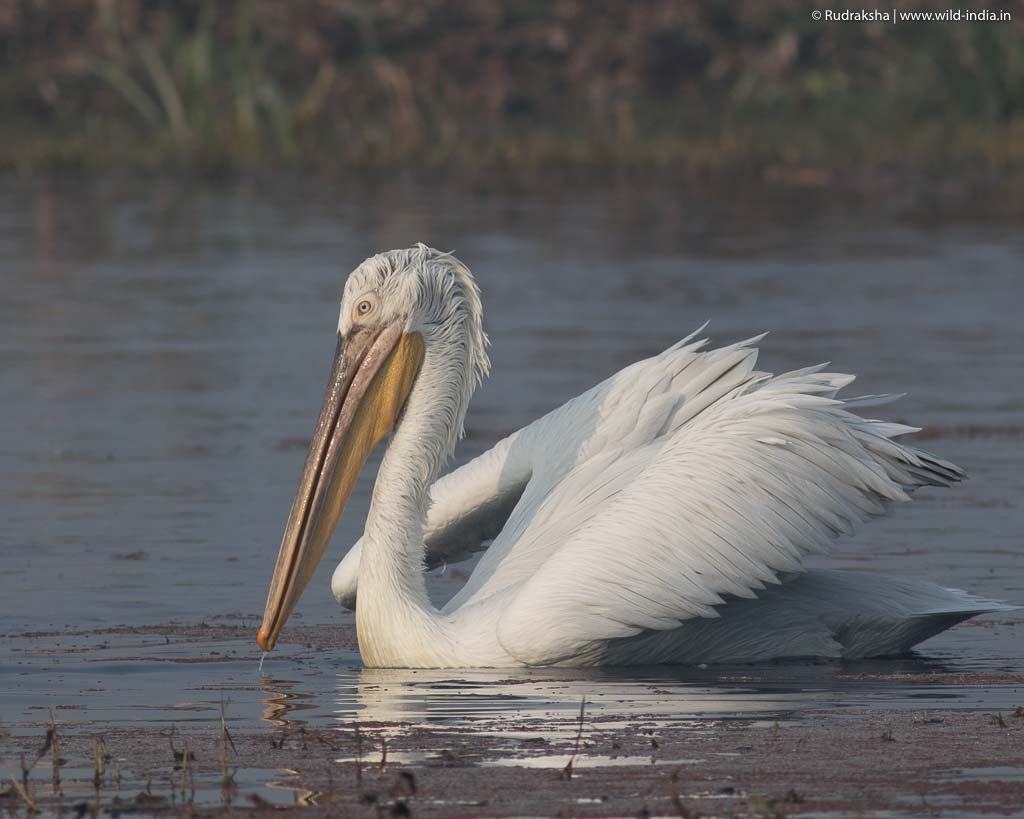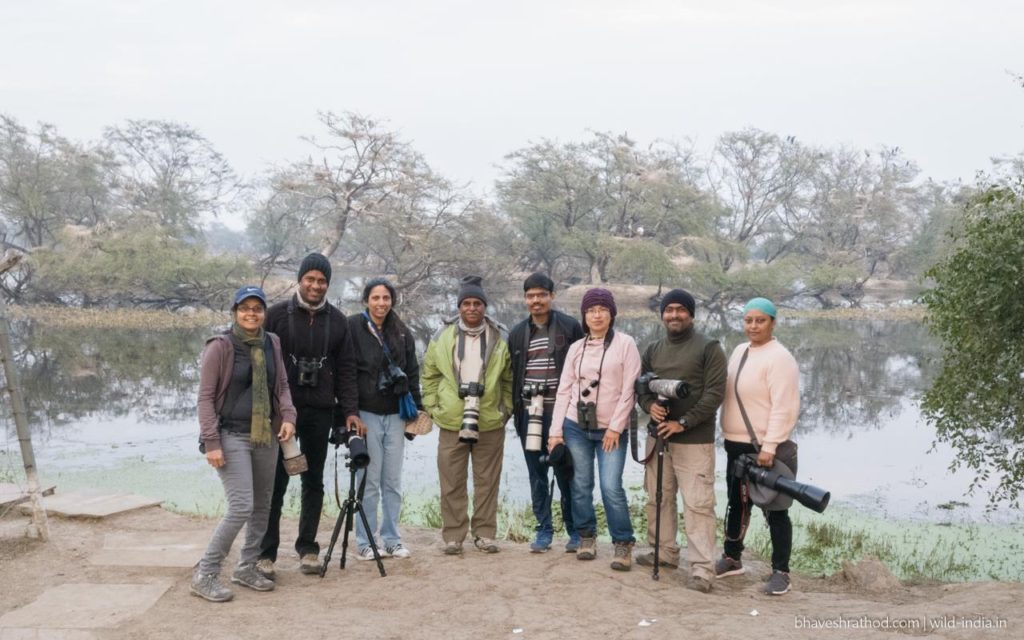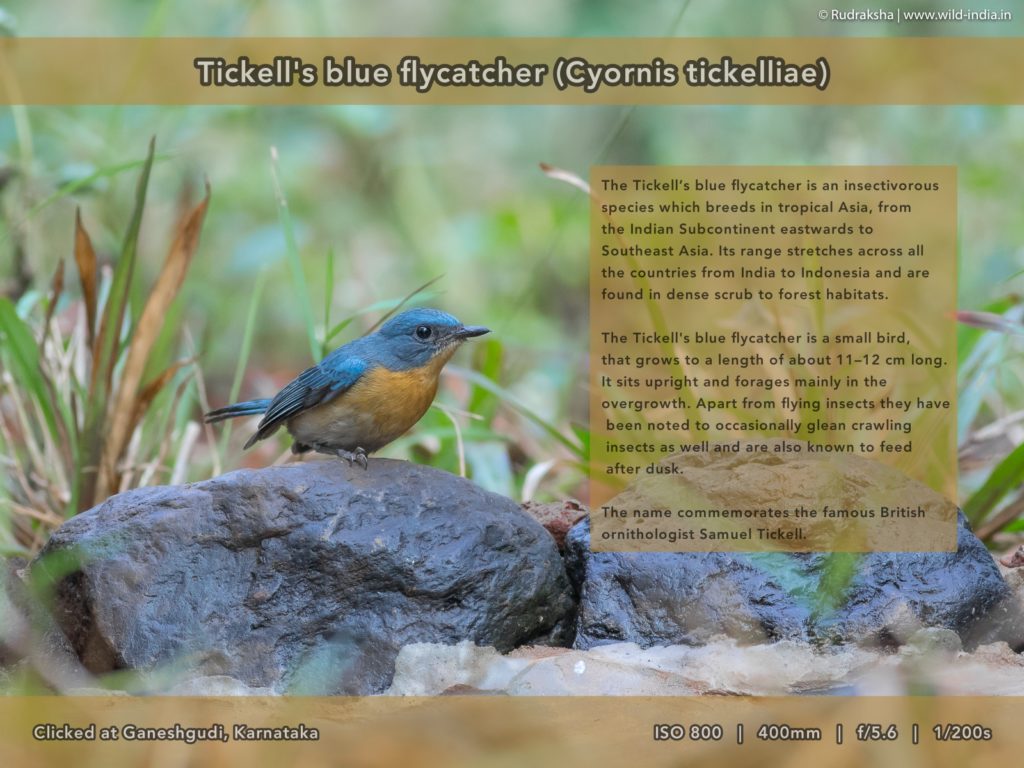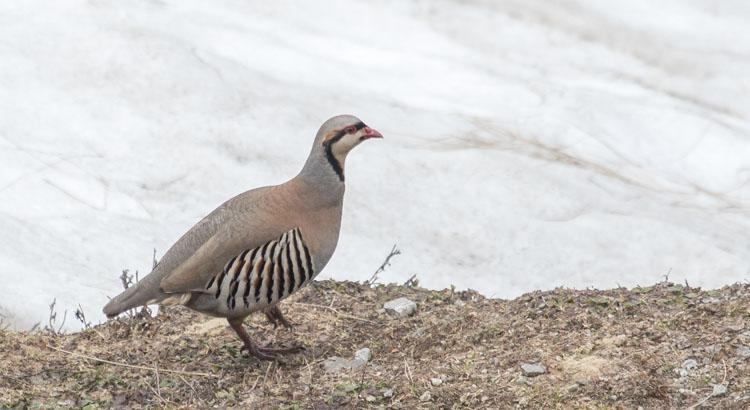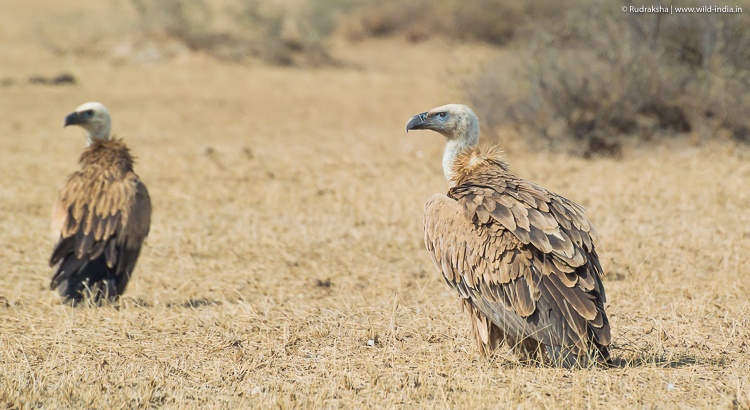Situated at around 70 KMs from Pune, Mayureshwar Wildlife Sanctuary is located in Tehsil Baramati in Pune district. The sanctuary is mostly made up of dry deciduous scrub forest and has a variety of flora and fauna specific to grasslands. Being a very small sanctuary (smallest in India), it can be easily covered in a day and is one of our favourite places for bird-watching as we have come across a good number of bird species as well mammals in the sanctuary.
Anyone who is visiting Mayureshwar WLS, has to 1st make an entry and pay the required fees at the forest office near the main gate (https://goo.gl/maps/pSz8BKKmsX62). After completing the formalities, one can proceed on the trails. Trails maps are available at office, so do ask for one.
The main trail (https://goo.gl/maps/nQgecAEvfzE2) is on the right side of the tar road (you get a huge green gate), however if you don’t take the right and continue on the tar road you will see a trail (https://goo.gl/maps/X2FWwiJWxXB2) on left as well. There are also few watch towers in place, however we have never used them much. Most of our images captured are through the car driving over the laid out trails.
We have visited Mayureshwar Wildlife Sanctuary a good number of times in last two years during various seasons and have been pleasantly surprised when it comes to sightings of wild animals & bird species. Making excellent images gets a little tricky due to huge number of trees and also by 10:00 hrs the light becomes pretty harsh. We have found the time from 07:00 hrs to 9:00 hrs the best for wildlife activity. Here are some of the images we have managed to click in Mayureshwar Wildlife Sanctuary.
Birds
The bird activity is generally good early morning at Mayureshwar with a variety of ground dwelling birds like the pipits, larks, coursers, sandgrouse and so on in addition to the regular drongos, mynas & green bee-eaters. One also comes across 3 types of Doves here – Laughing, Eurasion Collared & Red Collared. In winters, one can see variety of migrants like the wheatears, warblers and some waders. One of the highlights from our recent visit was the Eastern Orphean Warbler and the Painted Sandgrouse.








Being a arid habitat with small hills, we have come across a good number of raptors at Mayureshwar – Laggar Falcon being one of the highlights in our trip in Jan 2015. Indian Eagle Owl, Bonelli’s Eagle & Short-toed Snake Eagle can be seen throughout the year and in winters one can often sight the Harriers and the mighty Steppe Eagles. There is also a record of the Amur Falcon at Mayureshwar, in 2015 winter season.




You can read more about the Short-toed Snake Eagle encounter in the link below:
http://whistlingtrails.com/2016/05/the-majestic-short-toed-snake-eagle/
Mammals
Mayureshwar Wildlife Sanctuary is primarily famous for the Chinkara (Indian Gazelle) and you would surely see them in good numbers. Early morning & late evening is a good time to come across the Indian Fox as well the Indian Hare. One of the most recent sightings here has been a pair of Striped Hyena pair!


We also came across a pair of Indian Wolf in our recent visit, read more about it in the link below:
http://whistlingtrails.com/2016/10/the-royal-indian-wolf/
Months visited with ebird checklists:
Nov 2014: http://ebird.org/ebird/view/checklist/S20535580
Jan 2015: http://ebird.org/ebird/view/checklist/S21515206
Jul 2015: http://ebird.org/ebird/view/checklist/S24396923
Sep 2015: http://ebird.org/ebird/view/checklist/S24396923
Jan 2016: http://ebird.org/ebird/view/checklist/S26634595
Oct 2016: http://ebird.org/ebird/india/view/checklist/S32058076
Feb 2017: http://ebird.org/ebird/india/view/checklist/S34174751
Why to eBird? Read more about it below:
http://help.ebird.org/customer/portal/articles/973902-why-should-i-ebird-
How to reach:
Location on Google Maps – https://goo.gl/maps/4icQQXCRqtL2
Option 1 | Pune-Solapur highway: Drive up to a place called Kedagaon, and turn right. After driving for another 15 KMs, take another right and then right again after around 1.5 KMs to see the sanctuary entry structure on your right. Immediately after crossing the entry structure, you will see the forest office and quarters on left side.
Option 2 | Pune-Saswad-Jejuri-Morgaon: Drive up to Morgaon main junction and take a left. Continue for aroun 8.5 KMs and take the left when you will see the sanctuary gate on your left. Immediately after crossing the entry structure, you will see the forest office and quarters on left side.
Sanctuary fees (as on 05 Feb 2017)
– Rs. 30 per person
– Rs. 50 per camera
– Rs. 100 per car
Tips
– Document the bird species you saw on www.eBird.org.
– Check with the forest folks on recent sightings.
– Drive the car on the trail itself.
– Refer Google maps for location. (https://goo.gl/maps/pSz8BKKmsX62)
– Keep the place clean.
Thanks for reading. Let us know in-case of any corrections, queries, suggestions and we will be happy to respond.
Join us in our upcoming tours.
Thanks for viewing. Let us know in-case of any queries, suggestions, critics and we will be happy to respond.
In-case you have destination & dates in mind, write to us at info@wild-india.in and we shall design custom wildlife tour as per your requirements.
– Team Wild India Eco Tours
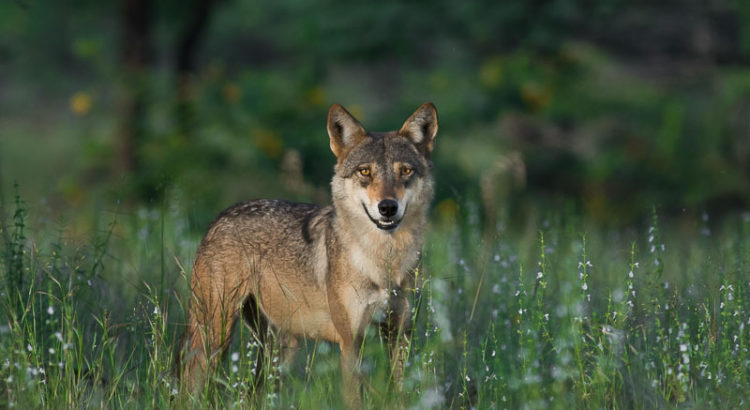
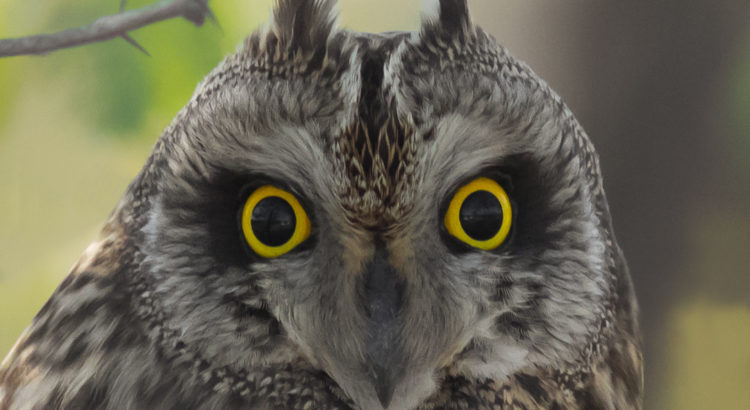
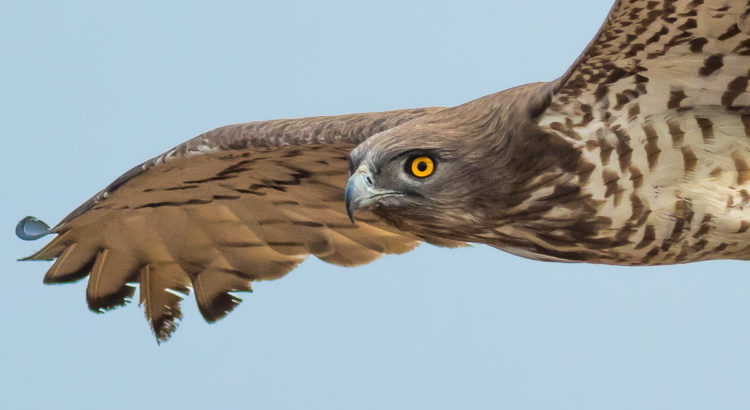




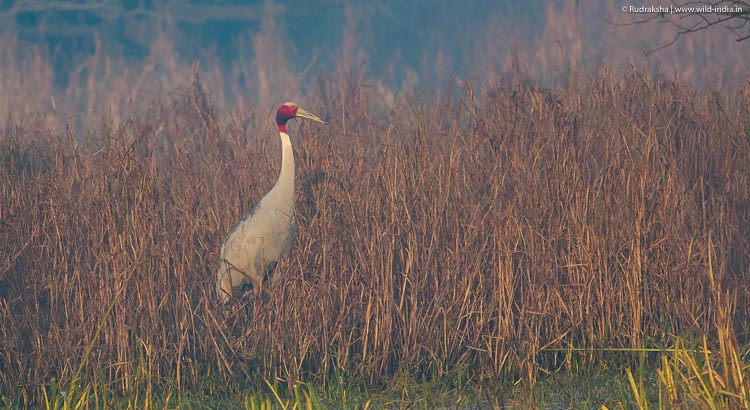
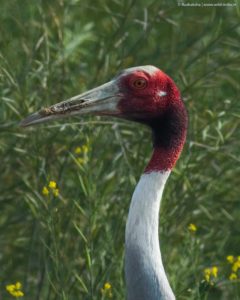
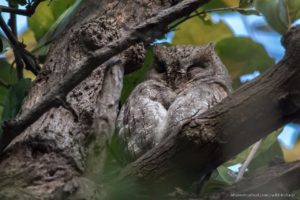 Splitting into groups of 2, we began our excursion on the cycle rickshaws. We came across various species of ducks – Common teals, Northern Pintails, Gadwalls, Little Grebes along with numerous Common Moorhens & White-breasted Waterhens. We also got some lovely views of the Oriental Scops Owl – camouflaged perfectly in a tree. Going ahead, we reached an opening were we got to see a pair of Bluebull walking across the wetlands.
Splitting into groups of 2, we began our excursion on the cycle rickshaws. We came across various species of ducks – Common teals, Northern Pintails, Gadwalls, Little Grebes along with numerous Common Moorhens & White-breasted Waterhens. We also got some lovely views of the Oriental Scops Owl – camouflaged perfectly in a tree. Going ahead, we reached an opening were we got to see a pair of Bluebull walking across the wetlands.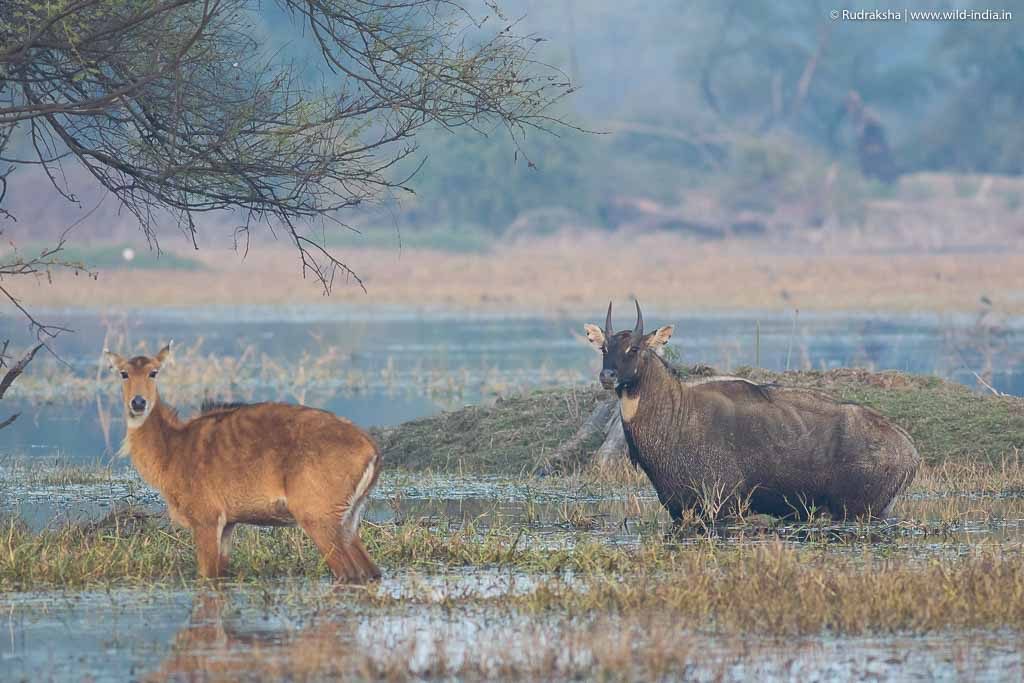
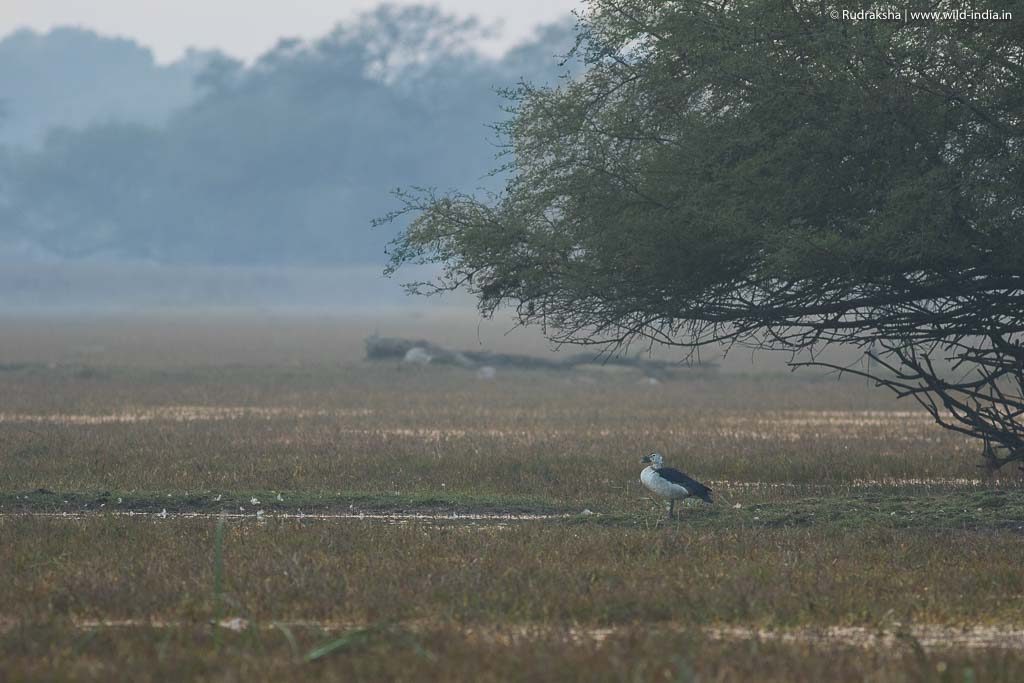
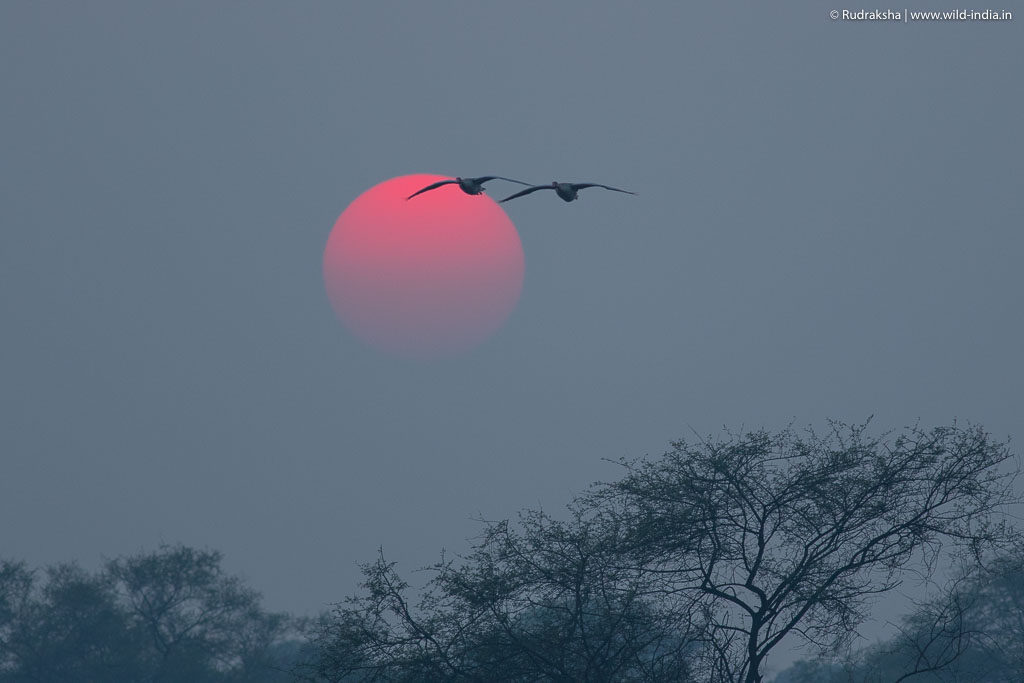
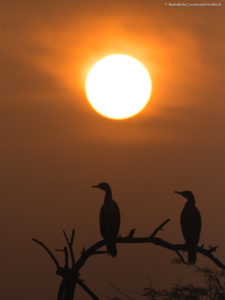 The weather was chilly with temperatures around 8 degree celsius. We explored one of the trails were we came across two Great Cormorants perched on a dry branches against the beautiful sunrise – giving us ample opportunities to try out various exposure to make the classic silhouette images. We explored the other side of the trail where we came across waterfowls in big numbers. We also got to see the beautiful Black-necked stork on these trails and a Booted Eagle as well. We returned back to point where we saw the cormorant and this time we saw 5 Spotted Owlets perched close to eachother – indeed a lovely sight.
The weather was chilly with temperatures around 8 degree celsius. We explored one of the trails were we came across two Great Cormorants perched on a dry branches against the beautiful sunrise – giving us ample opportunities to try out various exposure to make the classic silhouette images. We explored the other side of the trail where we came across waterfowls in big numbers. We also got to see the beautiful Black-necked stork on these trails and a Booted Eagle as well. We returned back to point where we saw the cormorant and this time we saw 5 Spotted Owlets perched close to eachother – indeed a lovely sight.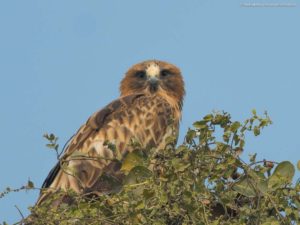
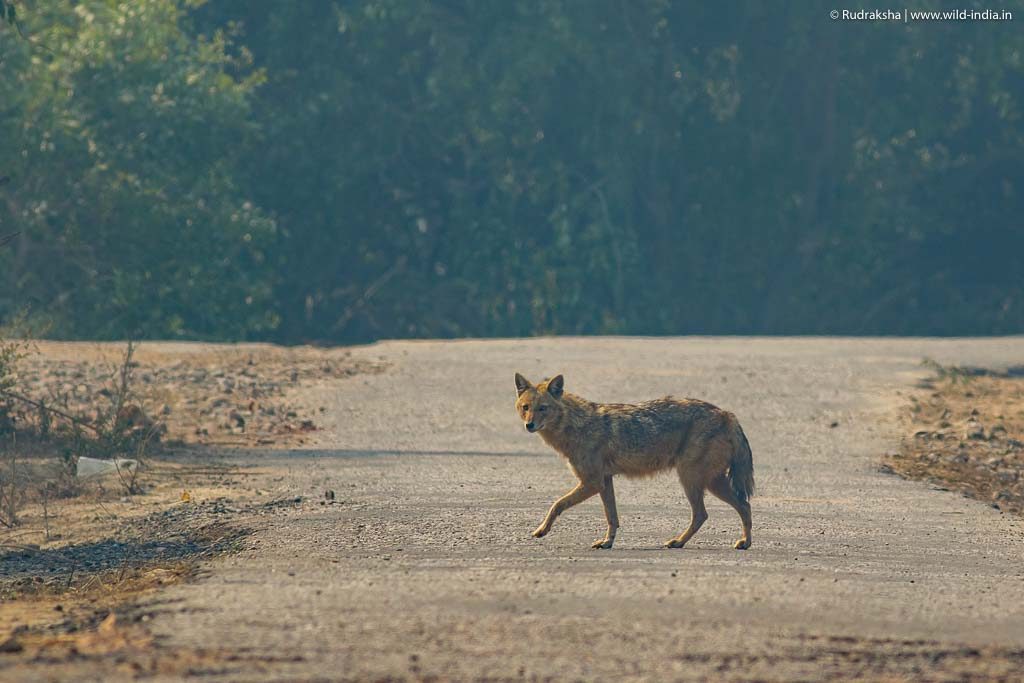
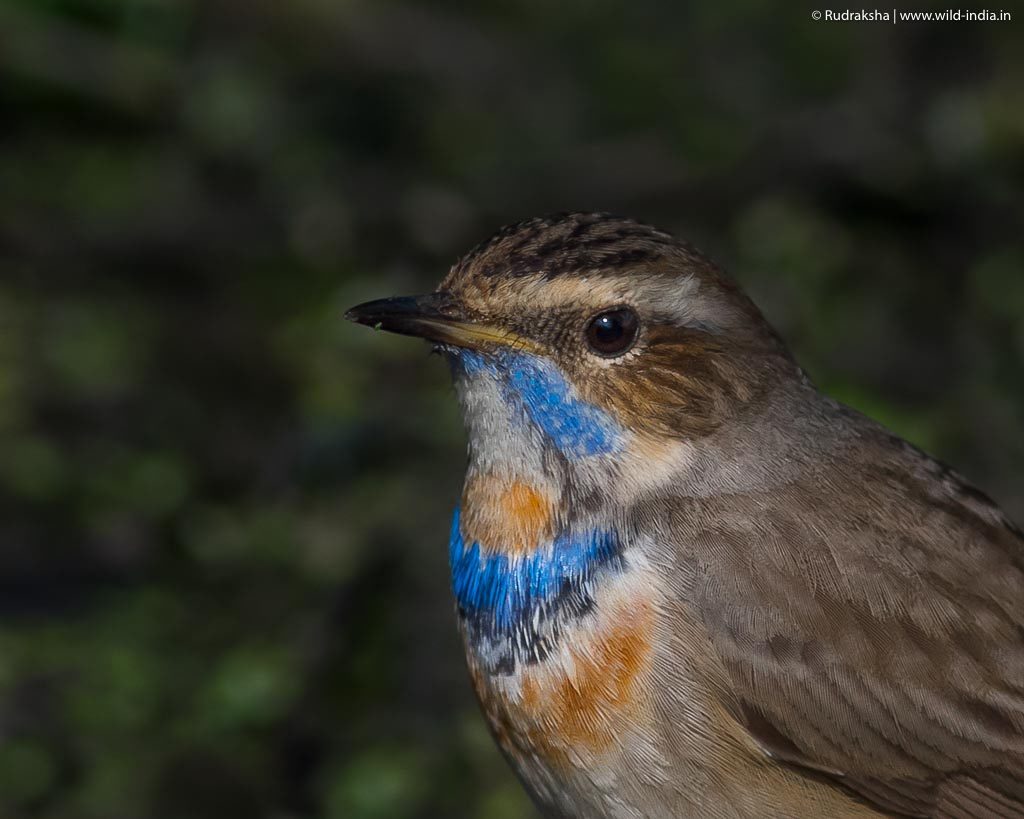
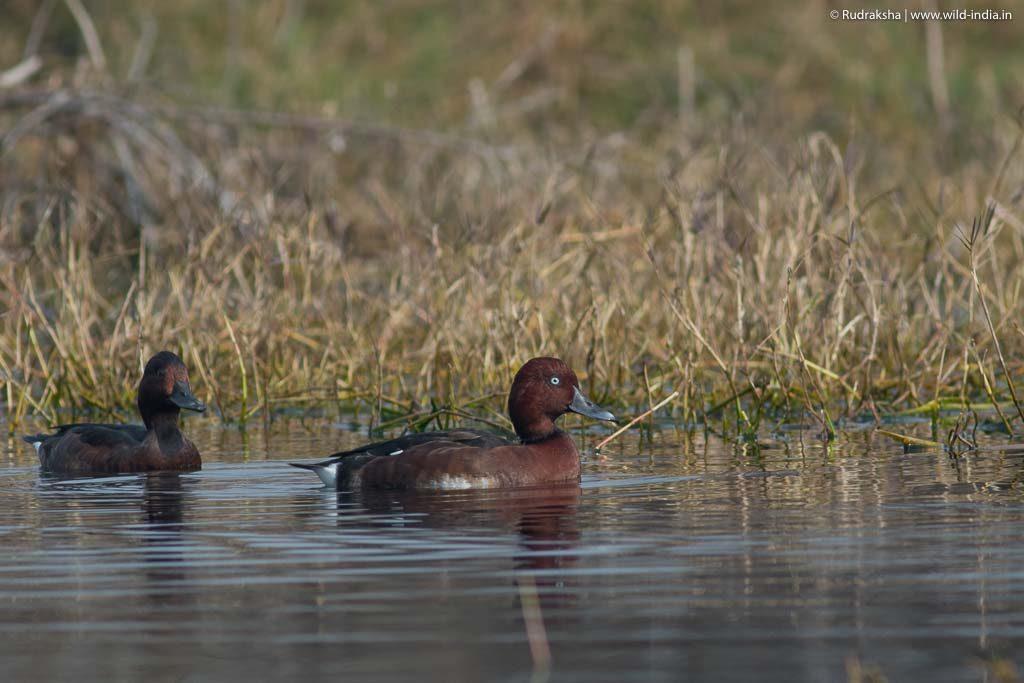
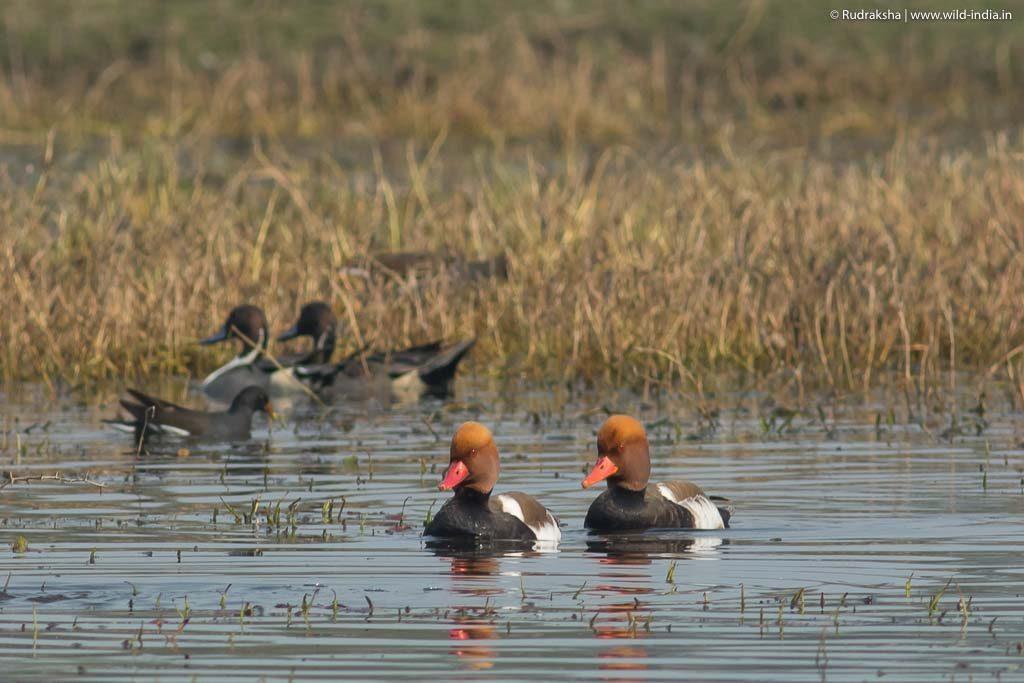
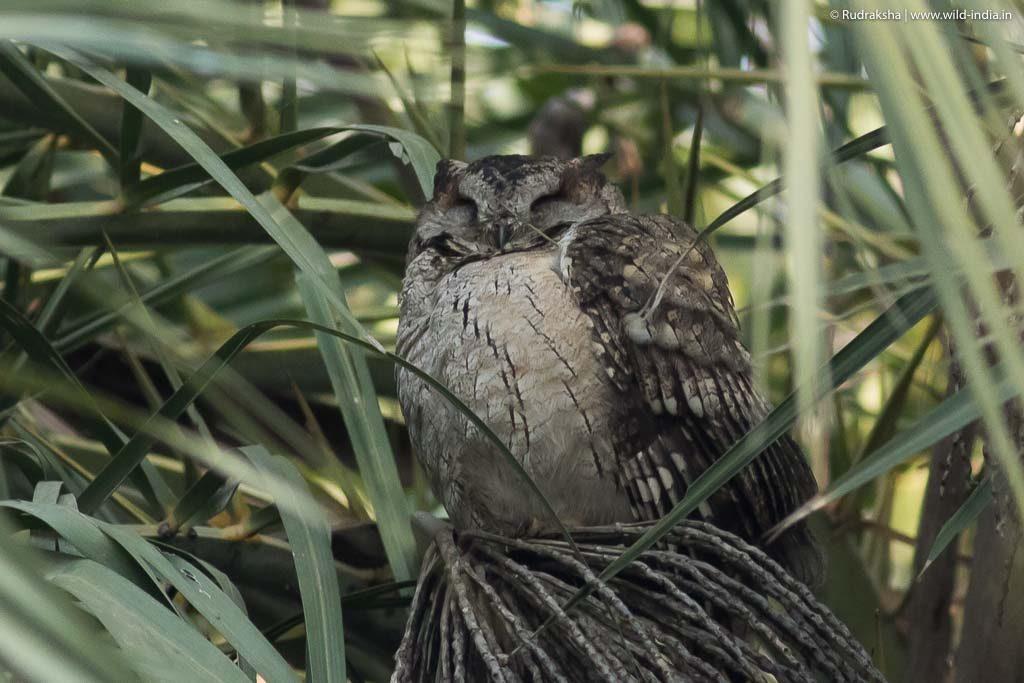
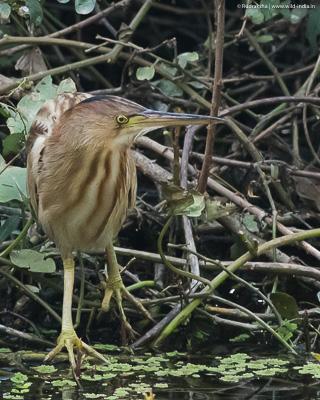 As we kept exploring, we sighted the shy Black Bittern in its typical habitat – completely camouflaged in a thick bush. A little ahead we also got to see the Yellow Bittern, this one was bold though as it was busy hunting in the open.
As we kept exploring, we sighted the shy Black Bittern in its typical habitat – completely camouflaged in a thick bush. A little ahead we also got to see the Yellow Bittern, this one was bold though as it was busy hunting in the open.